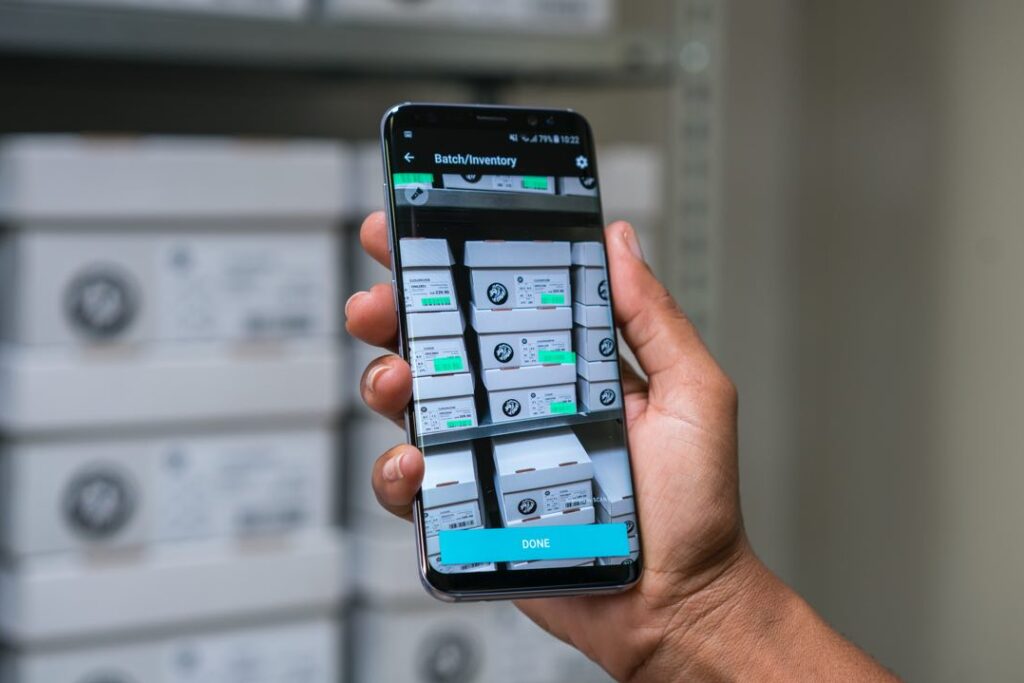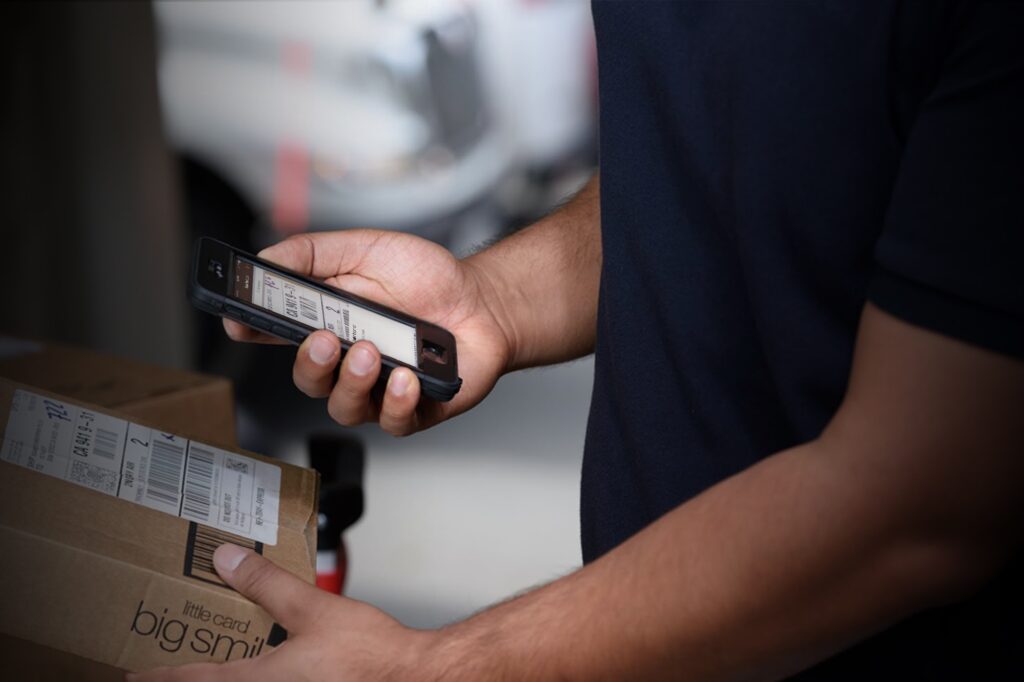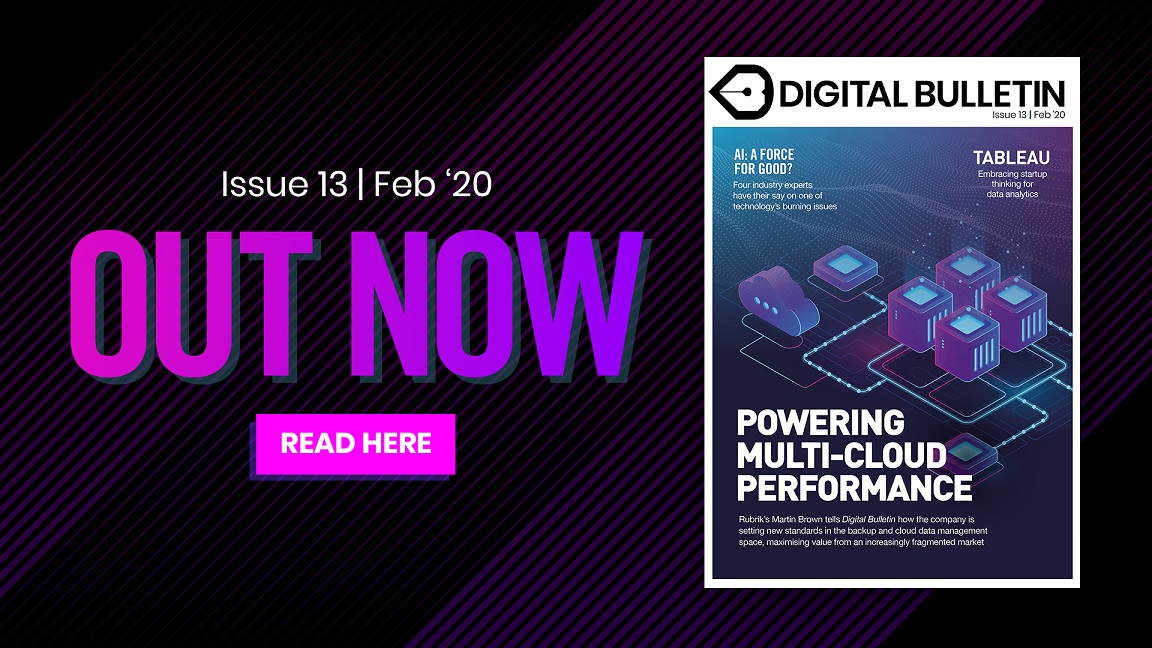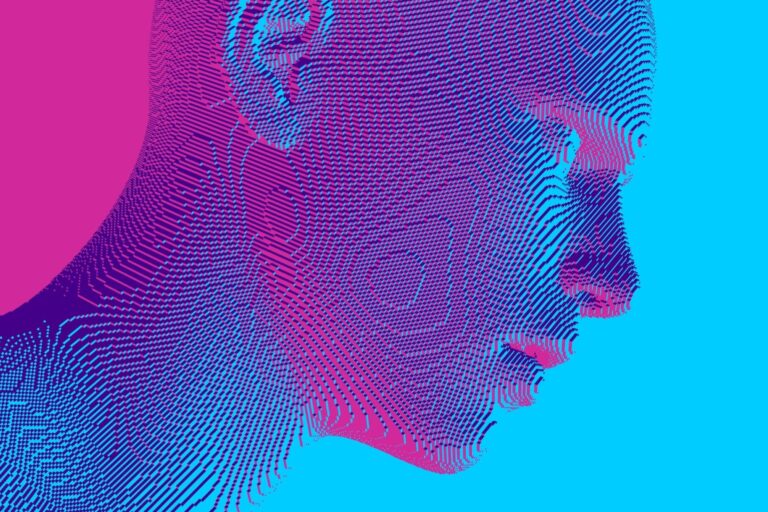
Christian Floerkemeir, VP Product, CTO and co-founder of Scandit, tells Digital Bulletin how enterprise is leveraging AR to streamline crucial day-to-day tasks
Hi Christian, could you tell us a bit about your role at Scandit?
I am one of the co-founders and worked initially on the development of our algorithms which were originally very focussed on barcode scanning and the scanning performance of smartphone devices. I’m the VP Product, CTO and co-founder, so I look after all product development, solution consulting and product marketing, that’s everything around what we do strategically, how we position ourselves in the market and how we sell to customers.
Could you give us a flavour of Scandit as a company, its position in the market and main activities?
I always say that we started off in the unsexy area of barcode scanning, which is the predominant identification technology in areas like retail, healthcare and logistics. Our focus is offering reliable and swift barcode scanning data capture on smartphone devices.
There has been concern in the past you can’t scan reliably and swiftly on a smartphone and we’ve been addressing that. What we’ve been doing is taking a technology-centric approach; in past companies dedicated vendors that did a superb job, but they focused on hardware, custom image sensors and camera systems to provide barcode scanning performance, because in the early days you didn’t have the computing resources that you have in today’s smartphones.
We are taking different approach; we compute the image backward, in the same way that Photoshop does when you have a blurry photo, so out of a low resolution image we compute a high-resolution image, and we were doing this before machine learning and AI became buzzwords, we should take some credit for that! But it was essential to do that to get our solution to work, because it solved the problem of how reliably and swiftly scanning barcodes on low end devices, that is our bread and butter business.

Can you tell us about some of Scandit’s AR technology?
To begin with, we didn’t like the term AR because it was linked with gimmicky things like scanning QR codes in magazines and you’d get a monster or something jumping out at you. It’s funny but you’re not going to do it again because it doesn’t offer any value.
AR scanning has to be about creating value. One example is ‘Search & Find’ in the back of a truck for a parcel. For logistics companies, one of the most important things is how quickly they can deliver. We know that volumes are increasing and companies want to make the process more efficient and simplify some of the tedious tasks for my employees.
The idea is rather than looking with your eyes for the number you need to deliver, or having to scan each package individually, we provide what we call MatrixScan, which leverages the camera in the device. The computing GPU uses the device to scan multiple barcodes at once and then shows digital content over the top of the image on the smartphone screen.
We are really focused on how we can use technology to change processes, meaning they are more efficient across industry verticals. The same thing translates to retail where store associates stand in front of terminals multiple times a day to see which items of stock are available or whether there are duplicates. That is being done with bits of paper or scanning items individually, which has the potential to miss things.
What we provide allows them to simply hold up their smartphone and it highlights all the barcodes that are being scanned, details on items, it shows duplicates and if items that you need are missing. That adds real value for our customers and helps them to evolve their business processes, enabling them to take advantage of the camera and ML capabilities of today’s smartphones to streamline processes.
Where do you stand on AR being integrated into wearable tech?
We are interested in the longer-term in deploying our software on digital eyewear and other wearable devices, and we test on all of the new designs that are released. But what we’ve seen from the first Google Glass to the latest Microsoft HolloLens is that they are not quite there from a scanning performance perspective that would allow them to be used everyday. It really comes down to how much value can it add, how much inconvenience it represents and how much does it cost. A driver that needs to do 100 scans is going to prefer to do it on their phone.
If you’re in a picking scenario in a warehouse, it doesn’t add enough value or have a high enough performance from a scanning perspective that you would deploy it. We’re super interested in wearables and deploying our technology on those devices in the longer-term, but we don’t quite feel like the hardware is there yet.
Can you tell us about the work you do with Hermes and Ingenica?
Hermes is all about last mile delivery and how to make that process more efficient, in last mile delivery there are two processes in particular that we are optimising. One is finding that parcel that needs to be delivered at that location, so the driver pulls up and our technology will tell the driver which parcels need to be delivered and display any address changes that have been made on the fly.
The other point we try to speed up is the loading into vehicles. When the delivery drivers pick up the parcels at the depot for traceability reasons you need to scan every package to prove it has been picked up. The idea is that you can actually place the parcels in containers facing the same way and swipe all of the codes at once, and again it will show if any address changes have been made.
Ingenica is a client in the healthcare market and our work with them is an inventory management system. In healthcare many items get stacked, and it can be tedious to track all of those items. Using our technology, those items can be scanned and information on expiry dates and manufacturer information can be accessed. This AR aspect helps with the data captures but also superimposing additional information over the top, which just makes the life of the person tracking inventory that much easier.

Could you tell us a bit about the collaboration with Samsung?
Samsung is an important partner because we don’t have hardware ourselves. Samsung has enterprise devices that are rugged and IP protected, and while we need a platform to run our platform on, it’s also true the other way around, so it needs a reliable scanning and data capture software, so it’s really a win-win for both parties. We provide the base capabilities in terms of reliable data capture and barcode scanning and provide the AR scanning, and Samsung brings in the rugged devices with the enterprise capabilities, security updates.
Which industries do you think have potential when it comes to AR?
We definitely see it in retail; the future of retail is a mix of bricks and mortar and ecommerce. What that means is that if you want to bring that ecommerce experience into the store, AR is crucial. Think of a vegan; if I’m online and I want to see all my non-vegan options gone then all I do is click a button. In a store, I need to turn around every package individually, and that’s where AR has huge benefits.
The same is true for healthcare – so much important information can be gleaned just from scanning, it is very powerful. We have already addressed logistics, and I would say these are the three most powerful verticals.
How do you see AR developing for enterprise over the next three to five years?
It’s all about creating value around AR because it has been something of a buzz term that people have been excited about for a while now. But you have to be able to create lasting value for users. Once you have identified those areas, it is then about making the user experience better. For us, that means leveraging the CPU, GPU and NPU capabilities of the phones to create better experiences.
The evolution of AR is going to continue and if we can get to a place where wearable devices with credible AR capabilities are available it will be a game changer, but that is very technology dependent. There are AR companies out there that have received a great deal of funding but what has been created still isn’t what you’d call amazing, so I do struggle to see when that timeline will arrive. Will it be three years? Will it be ten years? I think it is really difficult to say.
What are some of your goals for Scandit over the same time period?
Alaska Airlines has is able to use an iPad and our software to do all check-ins, and we’d like to do that with other companies and make it more of a mainstream technology trend. Our message is that companies don’t need five or six different pieces of hardware all for different jobs – you can do everything with a tablet and software.
Regarding AR, a lot of our success has come from retail operations on the employee side, and I think we can increase customer adoption in stores so it’s about working with retailers to make sure their information is really accurate. That’s something we’ll definitely be continuing to push.



